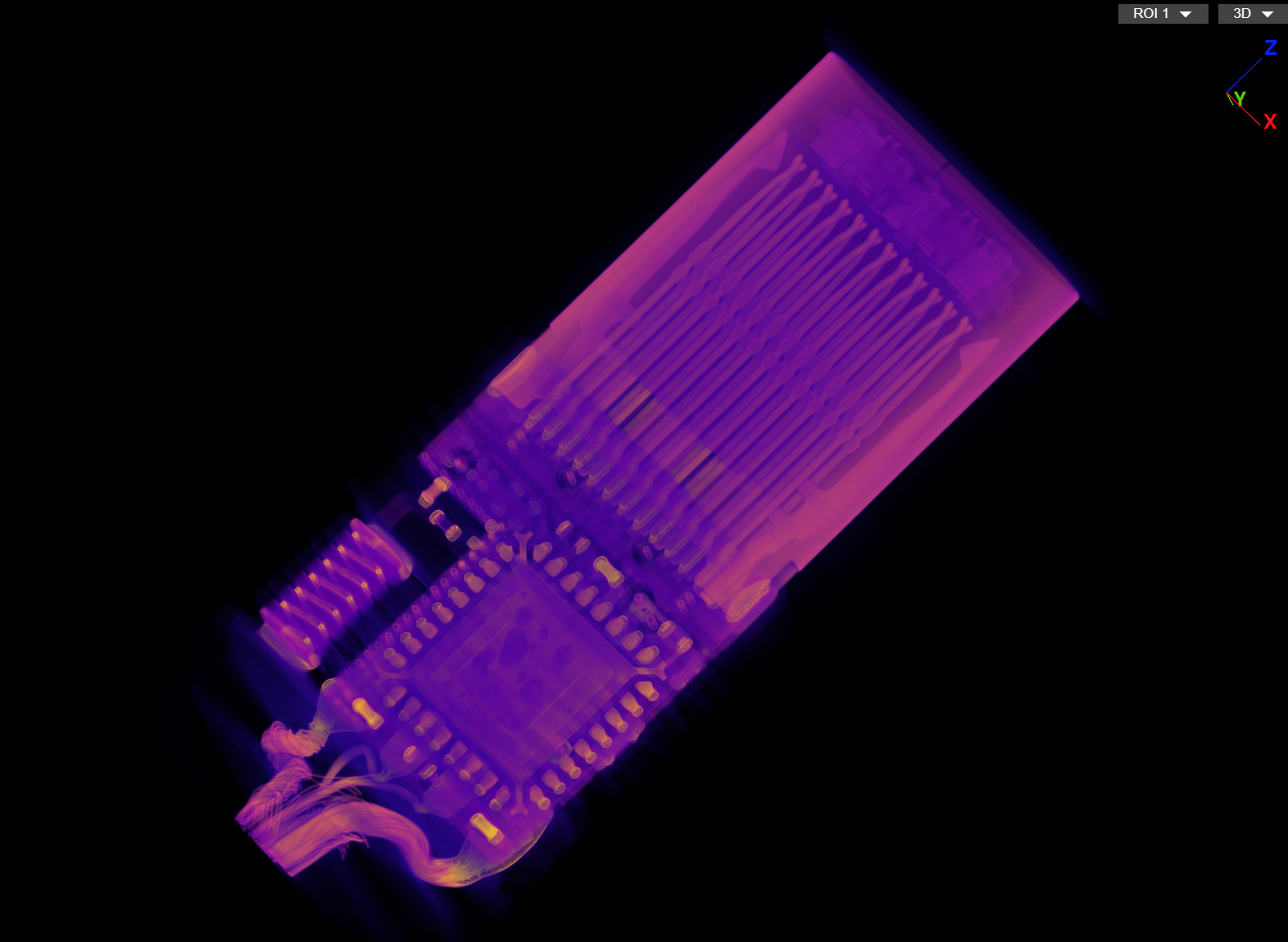Lumafield, a firm that focuses on imaging electronics and components, has recently performed a CT scan on the well-known O.MG cable. The findings illustrate how advanced hackers can trick unsuspecting users. When examined more closely, the O.MG cable, which looks like a typical USB-C cable, is actually a multifunctional device for cyber criminals. They can utilize it to take control of smartphones and computers, steal private information, or introduce malware.
Hidden Technology Unveiled
The CT scans from Lumafield expose the concealed technology within the connector. A small microchip and antenna are ingeniously concealed in the standard-sized USB-C plug, which allows hackers to remotely access and manipulate the devices connected. Lumafield has shared these scans online for those who are curious.
Today’s Thunderbolt and USB-C cables are intricate designs that contain electronics and chips to manage data transfer, power supply, and other features. Even an X-ray image may not clearly indicate if a cable has been altered. The extra electronics found in the O.MG cable are so tiny and well-integrated that they are nearly indistinguishable from the regular components.
The Rising Threat
A few months back, we shared (in German only) the hazards linked to the O.MG cable and similar devices. Hackers are increasingly adopting a long-term approach, dedicating time and resources to projects that may yield results years down the line. This emphasizes the necessity of staying alert and recognizing the risks involved.
Counterfeit products that resemble the genuine article are continuously emerging on Amazon and other online storefronts. For the average person, it is nearly impossible to tell apart manipulated cables from safe ones. We can only cross our fingers and hope that no hacker is currently peddling cables with hidden backdoors on Amazon.
Source: Link




Leave a Reply